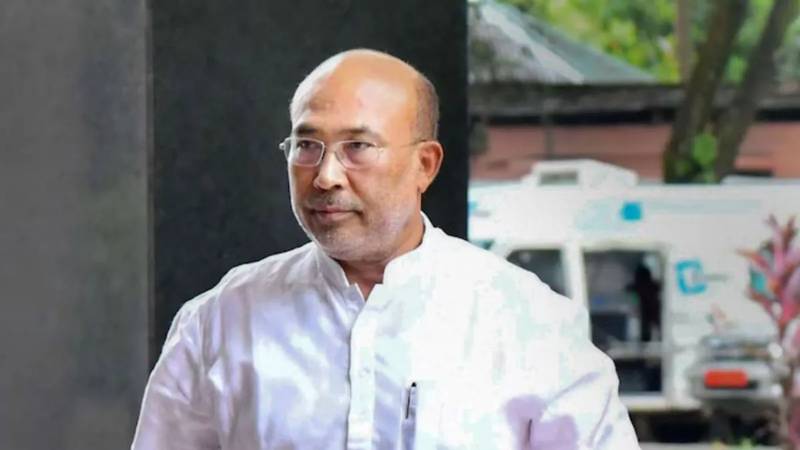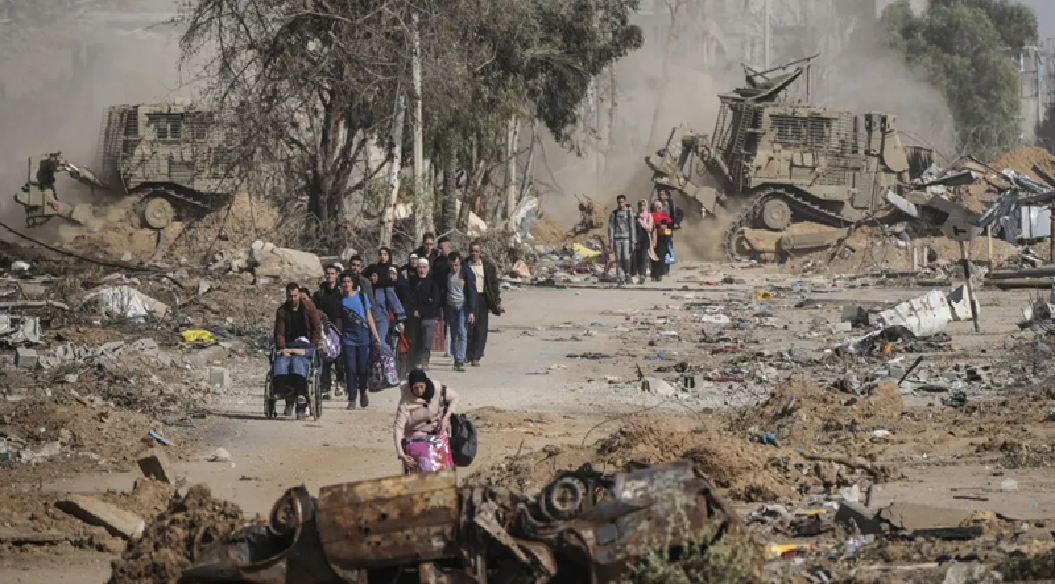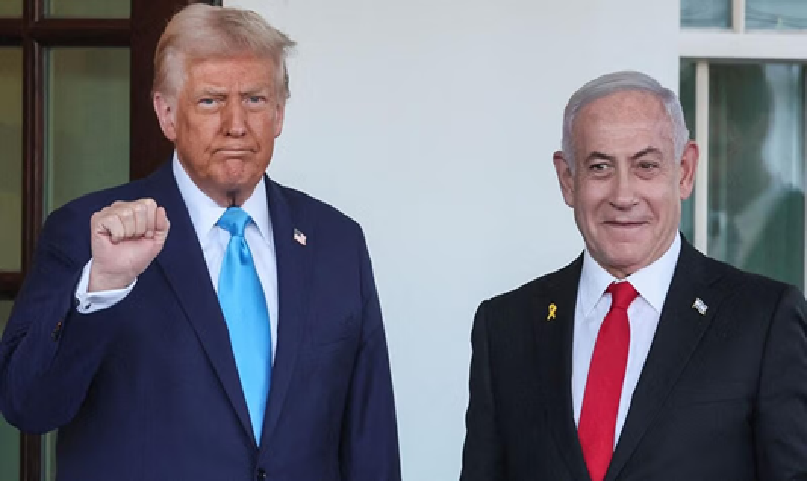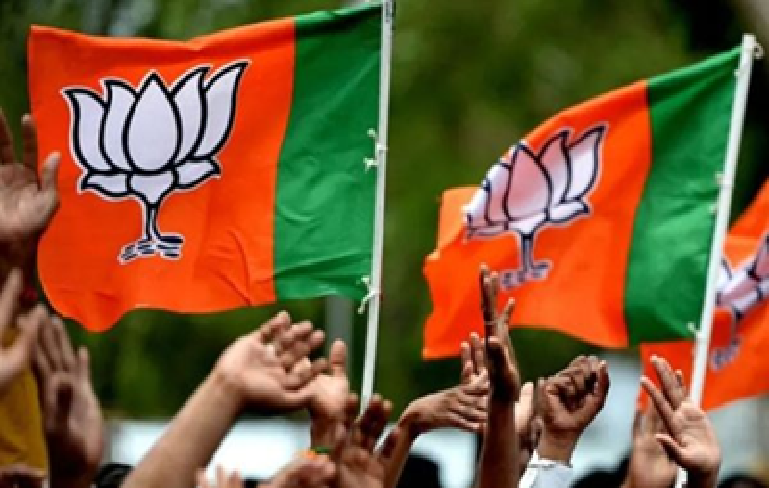
Clarity on agreement with China needed
In two significant developments over the past few days, India and China have formalised an agree-ment on military patrolling along the LAC in eastern Ladakh, while Prime Minister Narendra Modi has held bilateral talks with Chinese President Xi Jinping on the sidelines of the Brics summit in Russia. This should undoubtedly bode well for India- China relations, particularly for bilateral trade. However, ties have been strained over the past few years, especially after the standoff in the Galwan Valley in Ladakh in 2020, which reportedly resulted in the deaths of soldiers on both sides.
The Opposition Congress party has expressed its hope that the anticipated disengagement will restore the status quo as it existed in March 2020, and has called on the government to take the people of In-dia into confidence on the matter. Congress general secretary in charge of communications, Jairam Ramesh, has also raised several questions about the agreement reached with China on patrolling arrangements along the Line of Ac-tual Control (LAC). Specifically, he questioned whether Indian troops will be able to patrol up to India’s claim line in Depsang, covering five patrolling points beyond the Bottleneck junction, as they previ-ously could, and whether they will be able to reach Finger 3 in Pangong Tso or as far as Finger 8. These points, he said, need clarification following the announcement of the India-China agreement.
Indian graziers, who previously had access to traditional grazing grounds in Helmet Top, Mukpa Re, Rezang La, Rinchen La, Table Top, and Gurung Hill in Chushul, are also uncertain about whether they will be permitted to resume grazing after the agreement. Ramesh further sought clarification on the buffer zones that the Modi government has reportedly ‘ceded’ to China, noting that Parliament has been denied the opportunity to debate and discuss the country’s collective response to the border challenge, as has been customary in the past. Surprisingly, the talks and agreements reached on border patrolling have made no mention of India’s northeastern state of Arunachal Pradesh or the Chinese transgressions there. While the Ladakh trans-gressions and skirmishes with the Chinese PLA may end after this agreement, the same cannot be said for Arunachal. The broader disengagement and de-escalation process in Arunachal Pradesh is expected to take more time, effort, and communication with China, as the situation in Arunachal is far more complex than in Ladakh. Chinese aggression in Arunachal is not new. In the past, Chinese troops have transgressed into Indian territory, with one incident in 2016 reportedly involving more than 200 Chinese soldiers crossing the LAC at Yangtse.
Tawang has traditionally been a source of friction between India and China. During the 1962 war, China captured Tawang, although its troops later retreated. China claims Tawang as part of Tibet, citing its significance as an important seat of Tibetan Buddhism, a claim strongly con-tested by India. Many believe that the Ministry of External Affairs should clarify whether there are on-going efforts to resolve the standoff with China on the Arunachal border as well. An agreement would go a long way in easing tensions, given the substantial military presence on both sides of the border in the region.
 English daily published in Bengaluru & Doha
English daily published in Bengaluru & Doha






